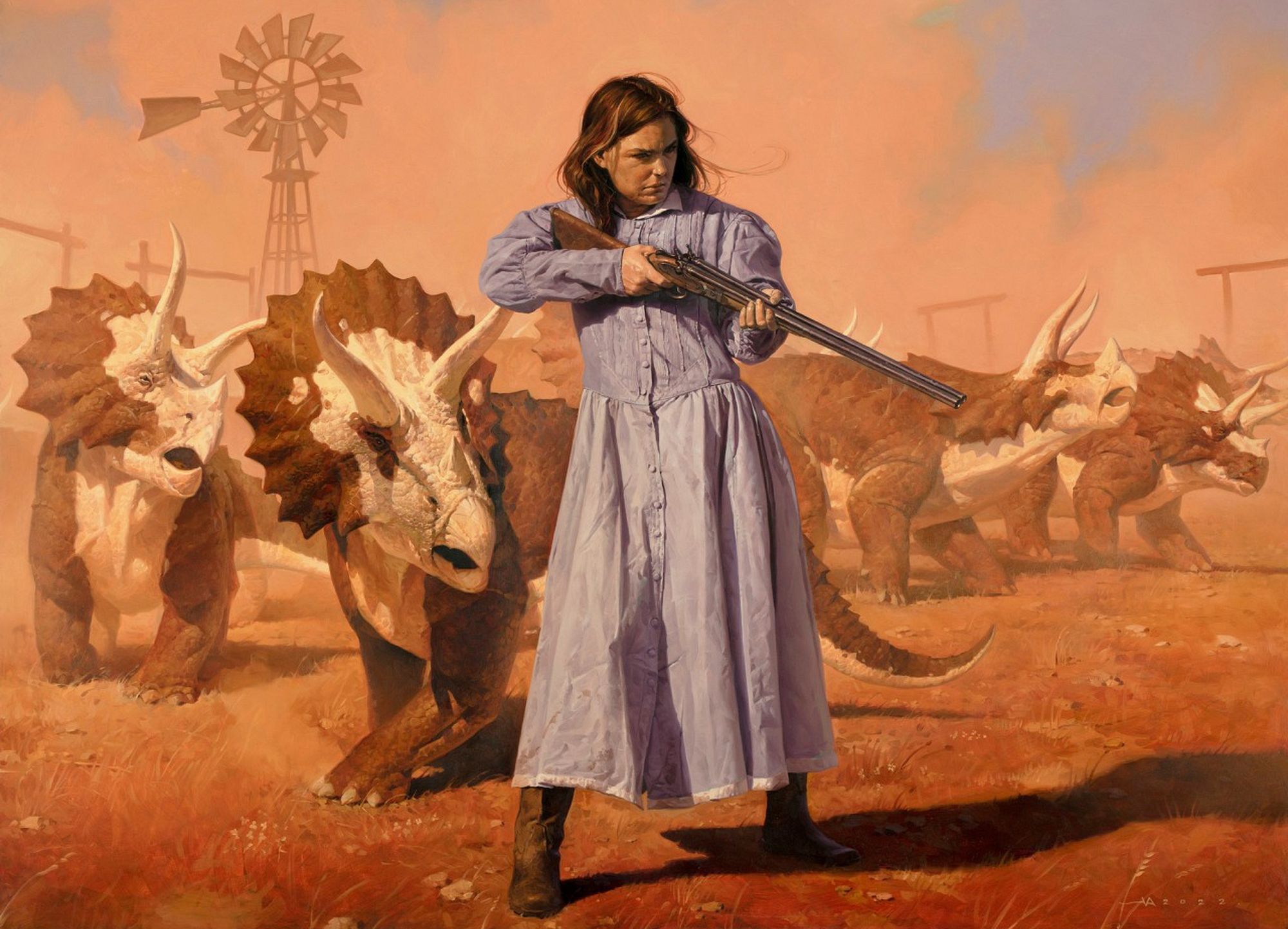 We look because it's there. We humans look towards violence in order to define it, to decide where we must run (or if we should stand and fight). We are fascinated by suffering. There is a cognitive bias towards the terrible. Many complain that there is not enough "happy" news. The problem is that there is happy news all around us, we just don't notice. A baby smiling or someone offering someone else a spot on the bus doesn't go viral because most humans experience little kindnesses and forget them. But we don't forget violence.
We look because it's there. We humans look towards violence in order to define it, to decide where we must run (or if we should stand and fight). We are fascinated by suffering. There is a cognitive bias towards the terrible. Many complain that there is not enough "happy" news. The problem is that there is happy news all around us, we just don't notice. A baby smiling or someone offering someone else a spot on the bus doesn't go viral because most humans experience little kindnesses and forget them. But we don't forget violence.
We look because it's always available. There is a moment, as you watch a violent video, that you feel you need to fast forward. ISIS fighters in front of ragged flags, knives out – fast forward to the death. Gunshots on a pier – fast forward to what thousands of live viewers saw. The destruction of culture, of lives, of futures, of belief in the decency of mankind – we look because in the end we want to see how far we'll fall if given the impetus. We want to see how thin the spiderweb veil of sanity really is, how deep the well truly goes until we hit rancid water. And we look to feel superior and to give the amygdala that tickle of surprise we crave. Broadcasting is not new. We learned to sing so we could make others feel strange things, we learned to orate to raise the blood of soldiers, we learned to repeat horrible stories to outrage and distract. From the Lives Of Saints with a pierced St. Sebastian to the latest LiveLeak link, we need violence to feel whole. And that's why we love these videos. We love them. We share them – "OMG" "#prayers" – we post them, the news organizations replay them over and over. They are our reward for staying out of trouble.

Not all of us look.